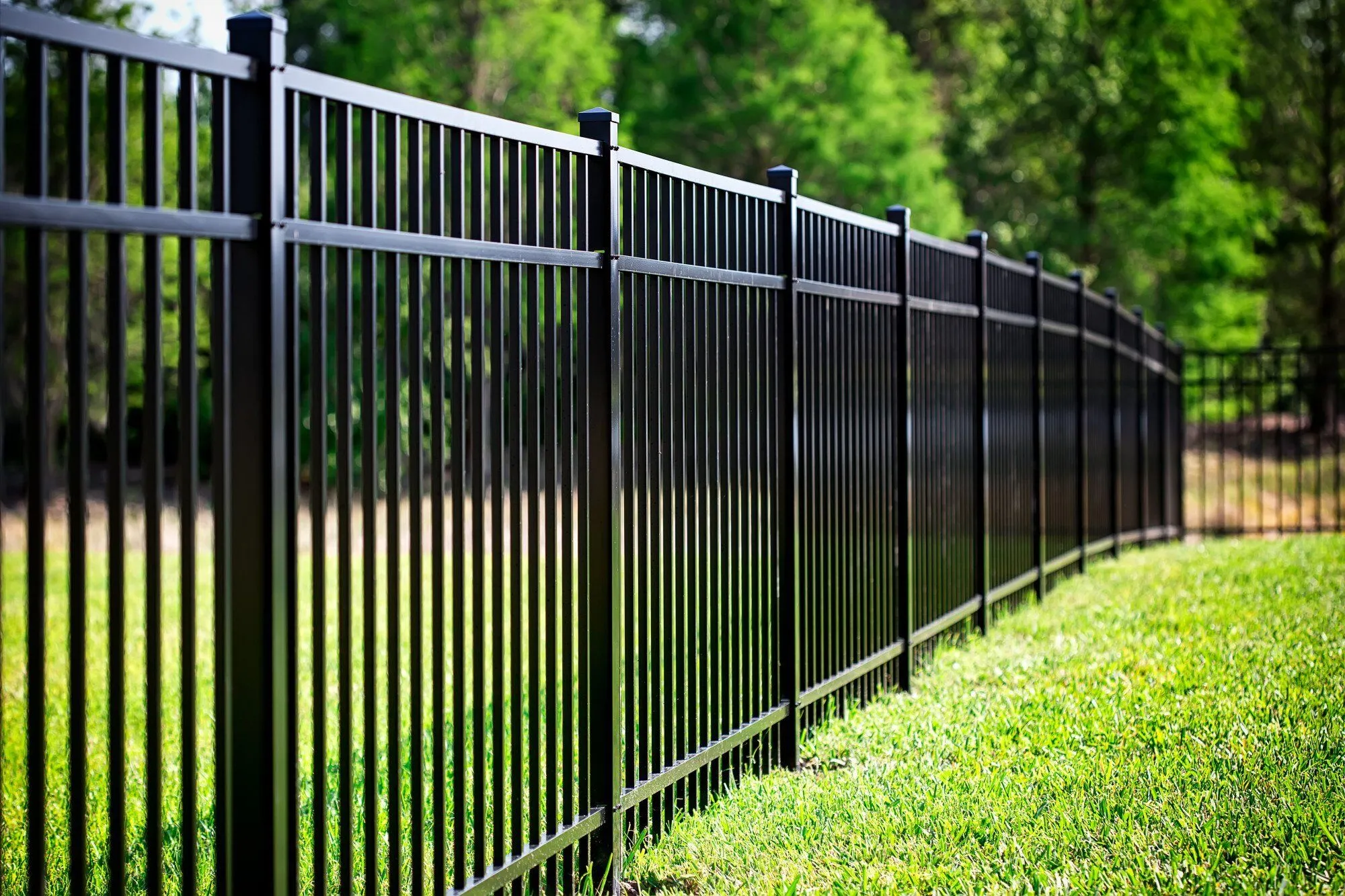Embarking on the journey of fence installation is a significant aspect of enhancing a home’s privacy, security, and visual appeal. This endeavor, however, comes with various financial considerations. So, if you are wondering, “How much does a fence cost?” this article aims to guide you through the cost elements involved in fence installation, ensuring informed budgeting decisions.
Deciphering Cost Influencers
Several factors play a role in determining the cost of a fence installation. These include the choice of materials, the fence’s dimensions, labor expenses, and any extra features or ground preparations needed.
Material Choices and Their Impact
The type of material chosen for the fence significantly affects the overall cost. Popular materials include wood, vinyl, aluminum, and chain-link. Wood offers a traditional look but demands regular upkeep. Vinyl, though pricier initially, is durable and low-maintenance. Aluminum and chain-link are more affordable but may not provide the same level of privacy.
Dimensional Considerations
The length and height of the fence are direct cost influencers. More materials and labor will be required for larger fences, which increases the overall expense. Accurate perimeter measurements and height decisions are critical in estimating material costs, directly addressing the homeowner’s concern: how much does a fence cost?
Labor Costs: A Key Expense
Installation expenses vary based on the project’s complexity and the contractor’s rates. These costs may be influenced by the terrain’s nature and accessibility. For example, challenging or uneven landscapes can raise the difficulty and, consequently, the labor costs.
Extra Features and Ground Work
Additional elements like gates or decorative designs can add to the cost. Pre-installation ground preparation, such as clearing vegetation or leveling, also contributes to the budget.
General Cost Estimates
Costs can differ widely, but general estimates provide a baseline. For a standard fence of 150-200 feet, costs could range from $1,500 to $8,000, influenced by material choices and labor. For instance, wood fencing might average $7 to $15 per linear foot, while vinyl could range from $15 to $30 per foot.
Selecting a Contractor
Choosing the right contractor is vital for quality installation. It’s wise to seek multiple quotes for comparison. However, decisions shouldn’t be based solely on price; the contractor’s experience and work quality are equally crucial.
DIY versus Professional Installation
While a DIY approach might seem cost-effective, it’s important to consider the skill and tool requirements. Professional installation offers expertise and often includes warranties, a benefit usually not available in DIY projects.
Maintenance and Ongoing Costs
Consideration of long-term upkeep costs is important. Materials like wood require periodic maintenance, whereas vinyl and metal require less maintenance. These ongoing costs should factor into the overall budgeting.
Permits and Regulations
Ensuring compliance with local zoning laws and obtaining necessary permits is crucial to avoid legal issues. Overlooking these aspects can lead to fines or additional modification costs.
Conclusion
In closing, estimating fence installation cost involves thoroughly understanding material, labor, and additional factors. Homeowners equipped with this knowledge can budget more effectively for their fencing projects. While initial costs are significant, the fence’s long-term value and contribution to the property should also be weighed. A fence installation can be a valuable and satisfying home improvement project with careful planning and the right approach.
